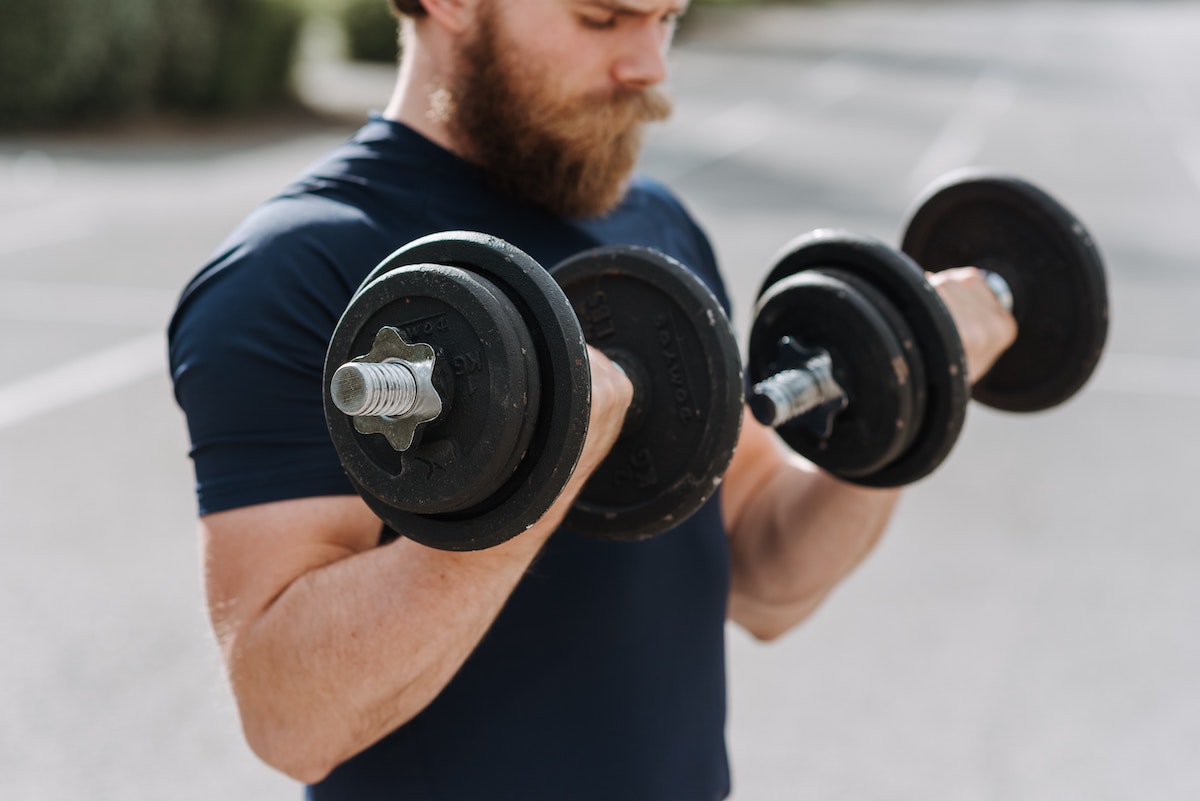
Whether you’ve been weightlifting for years or are new to lifting, regularly changing up your workouts is key to success. Over time, our bodies adapt to exercise routines and become familiar with the same motions. As such, changing the type of exercises you incorporate into your gym routine helps keep your muscles challenged and ensures you’re hitting each part of the muscle group. One simple way to add a new element to your lift is through static holds, which involve holding a position in place without moving. In this static hold exercise guide, we’ll break down everything you need to know about static holding exercises and why they’re worth incorporating into your gym routine.
What are static holds?

Static holds, sometimes referred to as isometric holds or isometric exercises, involve isometric muscle contraction. Your muscles are engaged in these movements but do not produce any visible movement. Unlike a standard repetition in a gym exercise where you complete a rep in full motion, static hold exercises are performed while remaining still. While it might appear to be useless to hold a weight in place, static holding exercises can help challenge your muscles by increasing the time spent under tension.
Although static holds might “sound” easy, these types of exercises are quite challenging. If you’re looking for a way to maximize your gym gains and keep things interesting, static holds might be a new tool in your belt. Static holds can be done with a variety of joint gym exercises, such as a static barbell hold.
Benefits of static holding exercises

Static holds offer tons of benefits for your fitness and strength, even beyond what the eye can see.
Supporting post-injury recovery
Getting back to the gym and regaining strength can be challenging if you are recovering from an injury. To help support your growth, incorporating isometric exercises can help lead to better joint mobility and target muscles without any further injury. Studies have found that isometric exercises may be especially helpful to support recovery from knee, back, or neck injuries. Lots of research suggests that isometric exercises may also be beneficial for people living with painful joint conditions, such as arthritis.
Sustaining prolonged tension and increased muscle fiber activation
Standard gym repetitions do not keep the muscles under tension for prolonged periods. On the other hand, adding a few static hold exercises keeps your muscles under tension longer, leading to muscle breakdown. Muscle breakdown is a key component to building back stronger, bigger muscles in the repair process. During a static hold, your muscles must sustain prolonged tension, but your joints must adapt and become more resilient over time. Static holds can fatigue your muscles quickly — which is precisely the goal when seeking to strengthen them.
Enhancing stabilization
During static hold exercises, your muscles are still or in a “static position” but still tighten. As the muscles tighten without movement, your body’s joints and core become more stable. Regularly performing static hold exercises can also help to improve your posture, thereby reducing the risk of many types of injuries.
Performing static holds

The great thing about static holds is that this technique can be applied to many gym exercises you’re likely already familiar with. Some static hold exercises do not even require equipment, such as a plank or split squat.
Planks
Planks are an excellent static hold exercise that engages multiple muscle groups, including your core and glutes. In this exercise, you’ll get on all fours with your feet together and remain in an elevated position, holding until fatigues. Although this exercise requires a still movement, muscles are strongly engaged. Planks can take some time to work up to, so start by holding for 15 seconds and work your way up as your muscles get stronger.
Barbell static hold
The barbell static hold is a great exercise to improve grip strength while also targeting your back and shoulders. To perform this exercise, you’ll start by holding the bar with an overhead grip at shoulder-width distance. Lift the bar up while keeping your elbows straight, but stop at eye level instead of performing the whole movement as you would in a normal barbell exercise. Aim to keep the bar in place for as long as possible. If you’re new to barbell static holds, start with a lighter weight until your body adjusts to the exercise.
Trying static hold exercises

The plank and barbell static hold are just a few of hundreds of static hold exercises that you can add to your workouts. Other examples include wall sits, glute bridges, and dead hangs. Incorporating static holds into your fitness routine can help keep your muscles challenged to their maximum and help you achieve your



